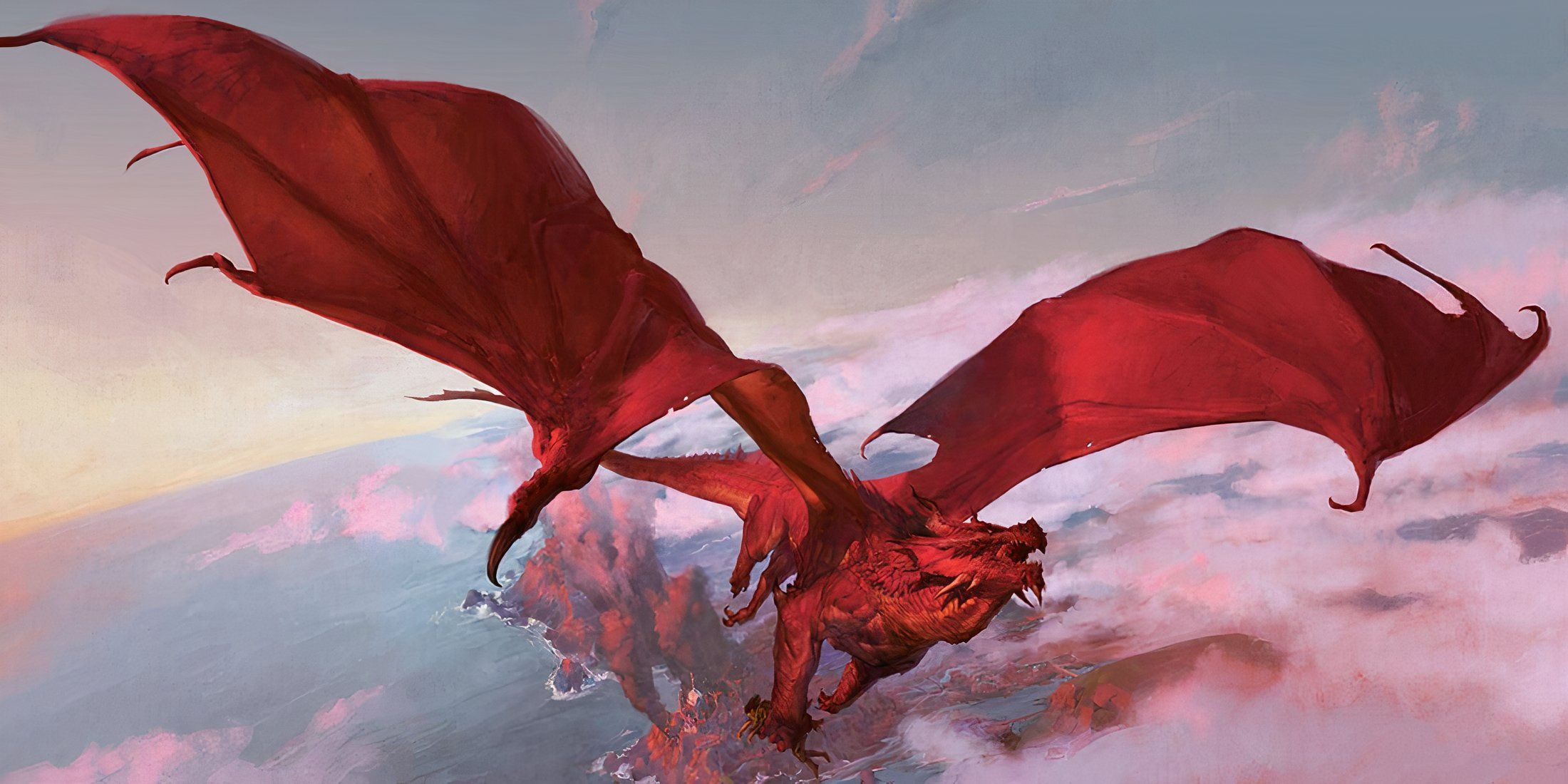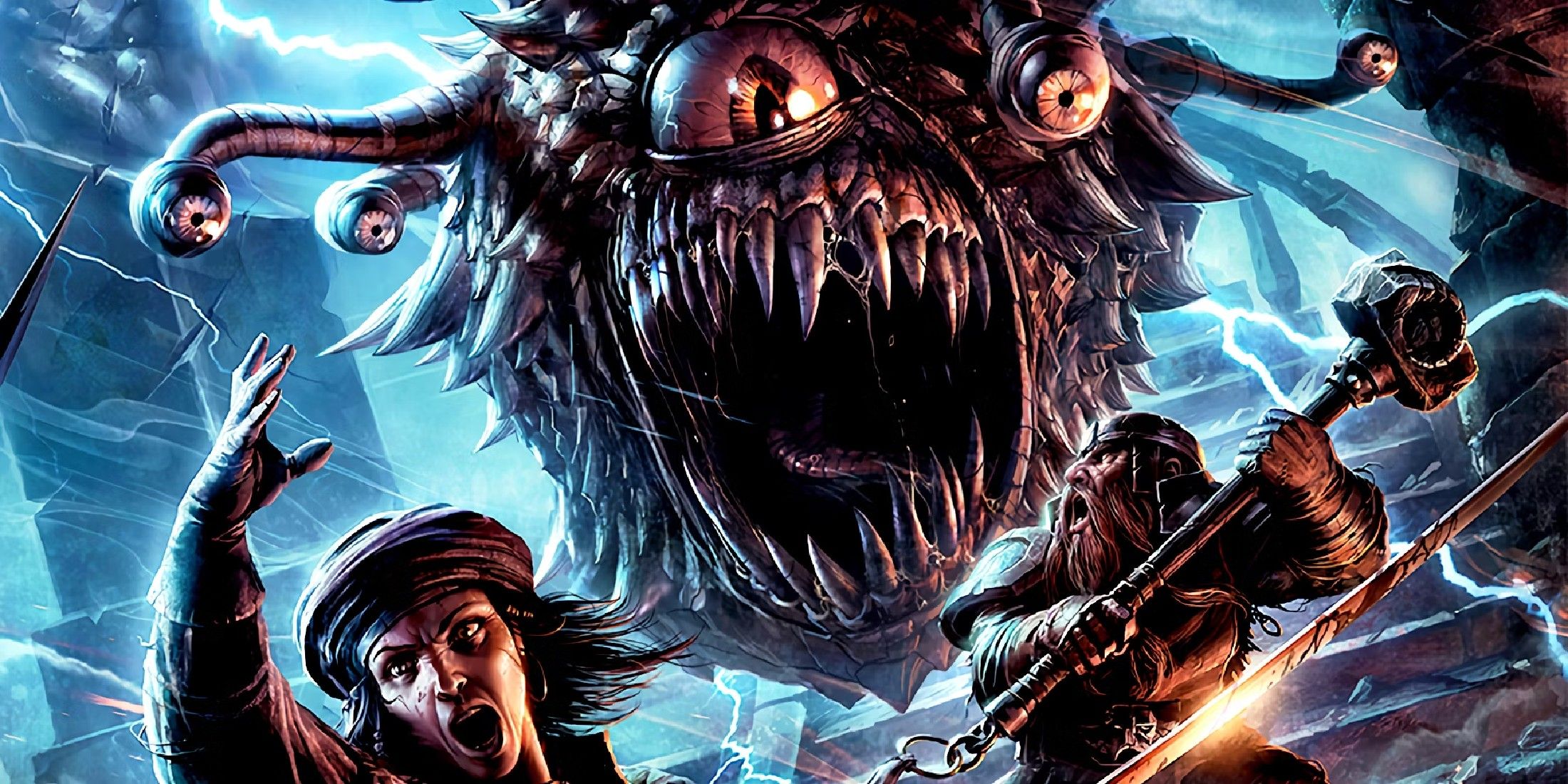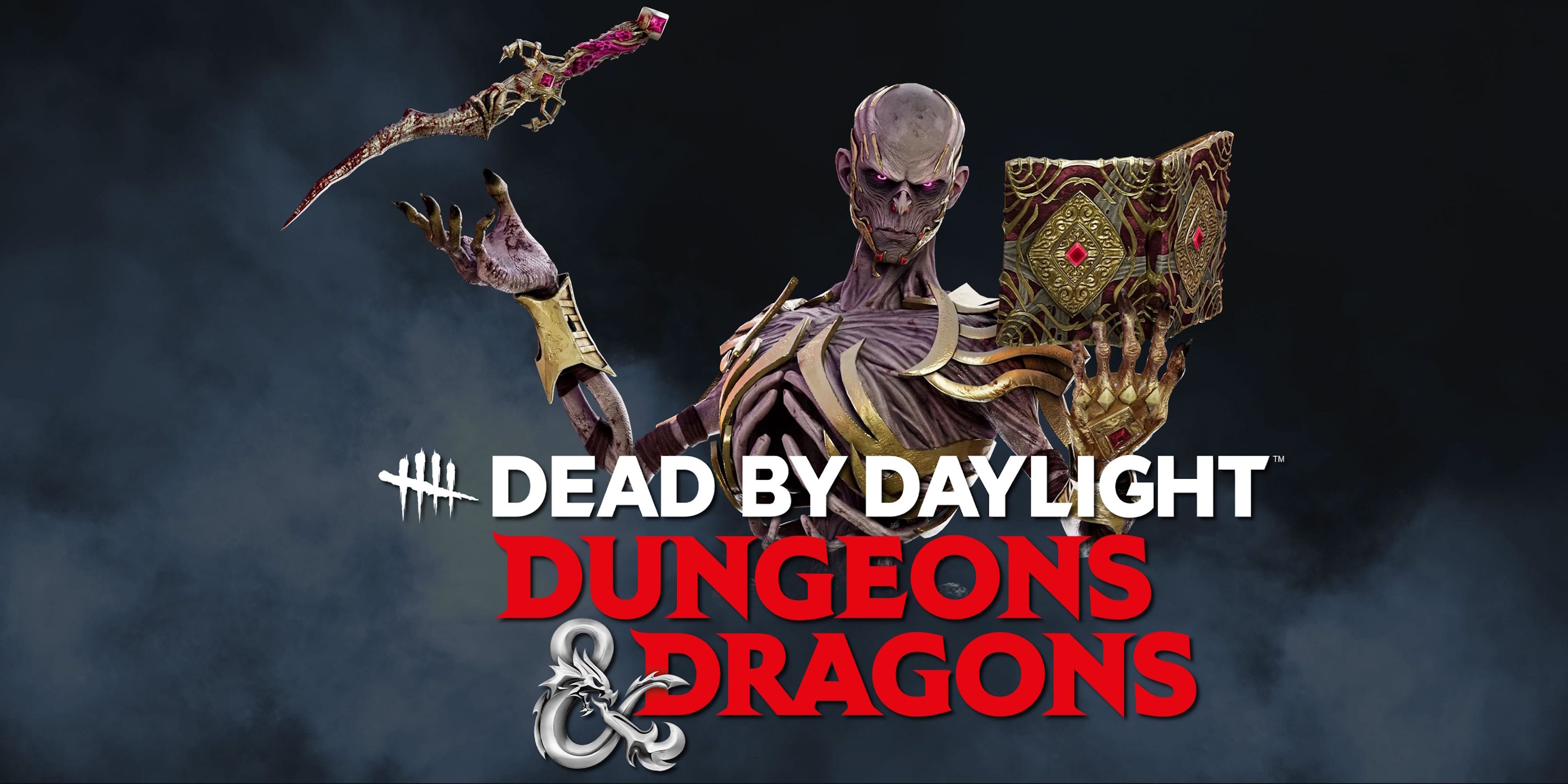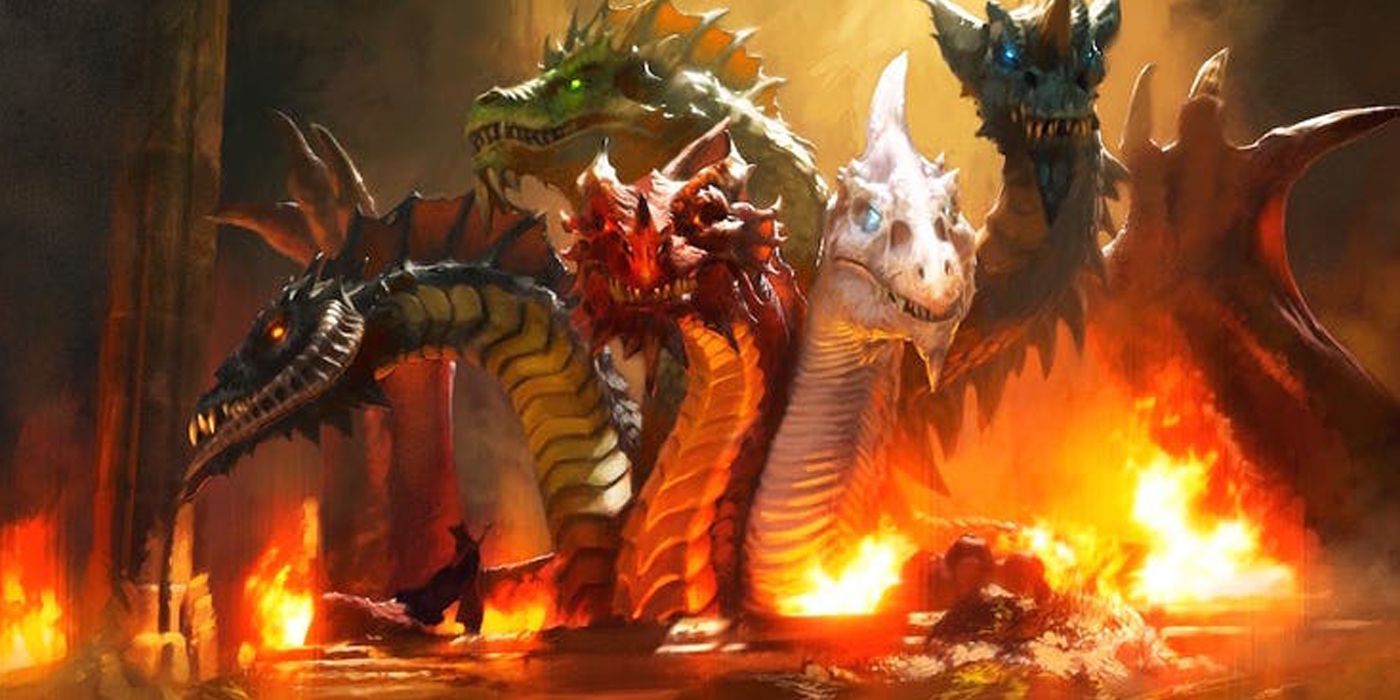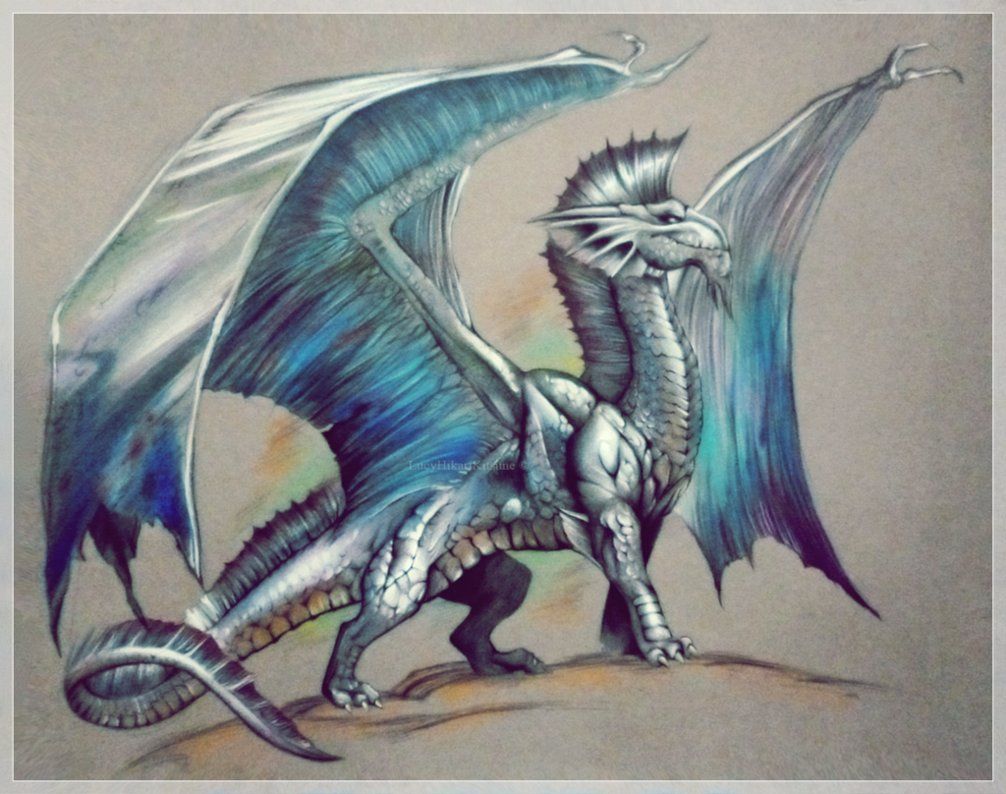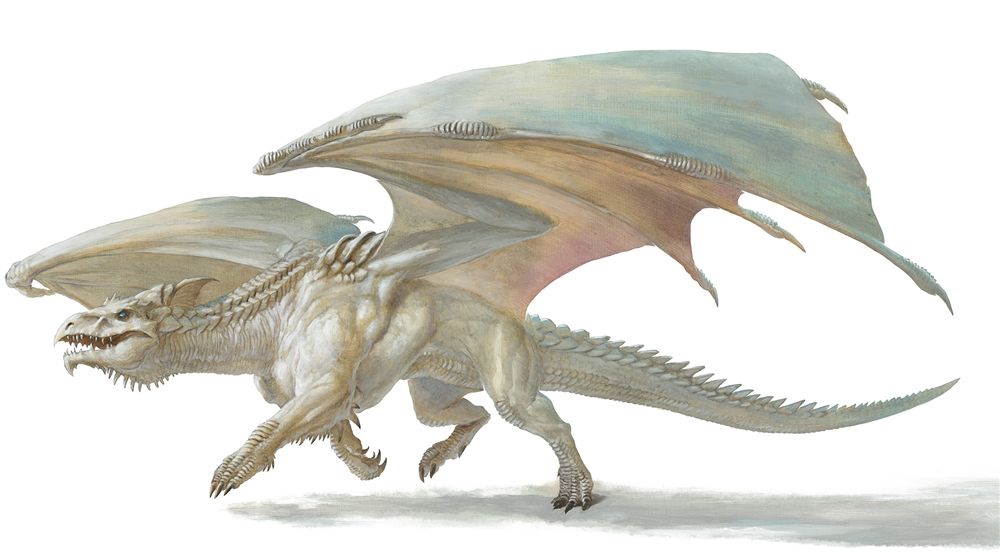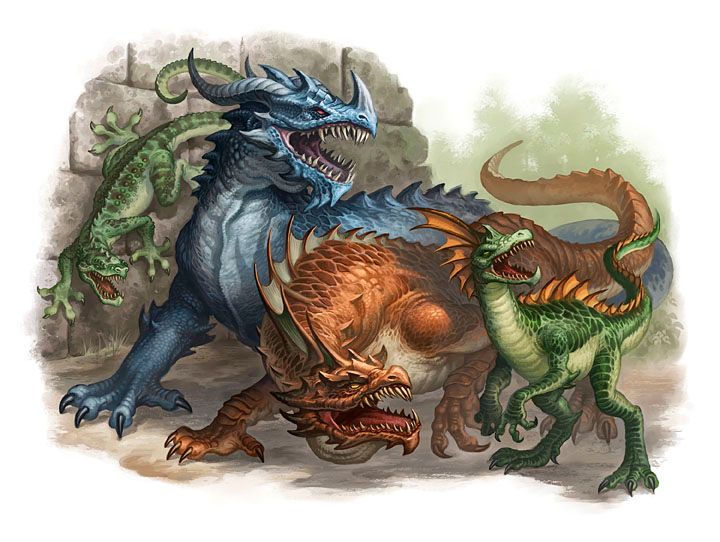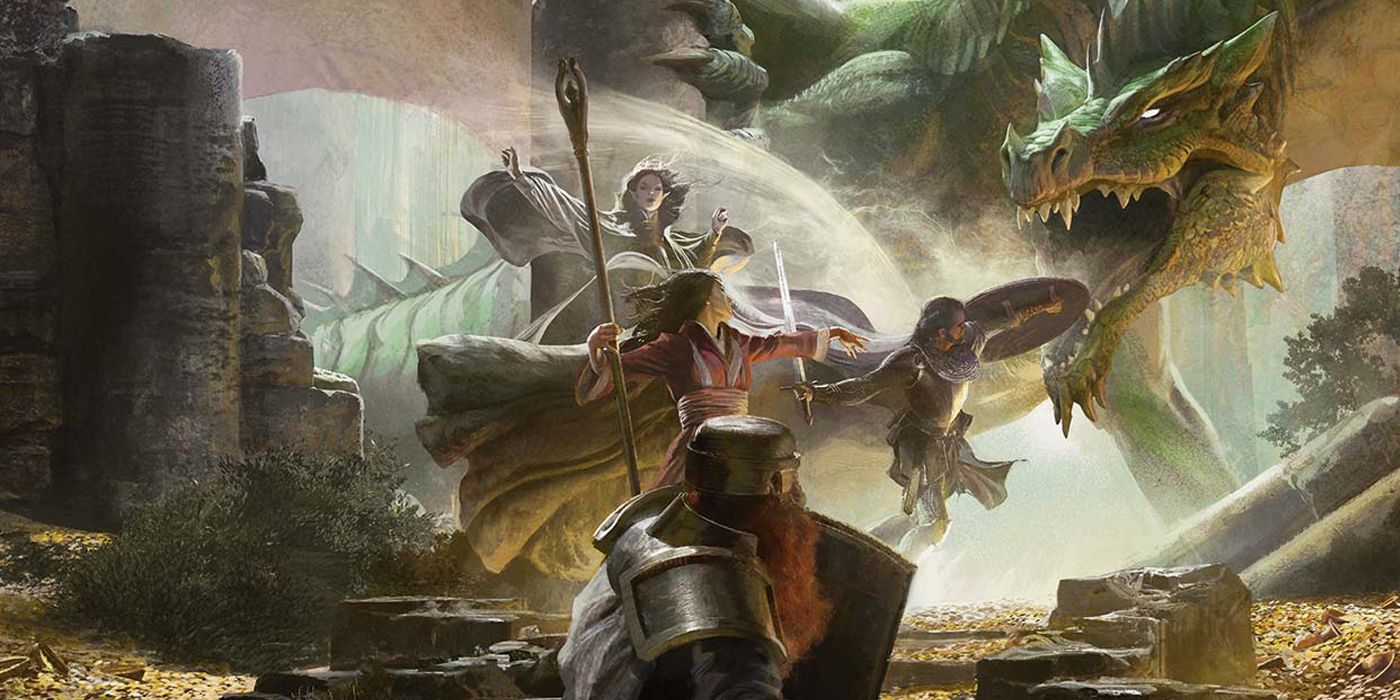Dungeons and Dragons is more popular now than ever before, as 5th edition did a good job finding the balance between the ease of entry of 4th edition and the complexity of 3.5 edition. Still, newcomers and old timers alike often find themselves asking the same question: why are there no dragons in this campaign? The lack of the titular creature from most D&D campaign is nothing new, and has been the subject of many jokes for quite some time, but with the right tools, Dungeon Masters can include dragons in their games much earlier than they probably think that they can.
For those unaware, Dungeons and Dragons and its numerous books are chock full of dragons of different size, age, color, sheen, and power, yet most players will never encounter one in their campaigns. This is in large part due to the overwhelming powers that most of these creatures possess and the difficulty that goes along with running one effectively as a Dungeon Master. Still, none of these things should deter DMs from including dragons in their games, as they are one of the most diverse, interesting, and epic monsters in the entire monster manual, and can leave a lasting impression on players if used correctly.
Dragons Can Be Allies
When one thinks of a dragon, it is easy to picture the menacing red dragon, flying overhead and breathing fire on all within reach while blotting out the sun. While this type of encounter can certainly be interesting, DMs would do well to remember that dragons can be allies too. Just like there are evil dragons, there is an entire subset of dragons, the metallic ones, which are good aligned. While many of these dragons would not bother getting involved in the affairs of mortals, some like the silver dragon are very fond of the humanoid races and enjoy spending time with and aiding them.
If the players do find themselves making friends with a silver dragon, it is important to make sure the dragon still acts with discretion. A silver dragon is still a proud being and won't waste time on meaningless quests or doing chores for PCs, but it can be an incredible moment for PCs to have a powerhouse like a silver dragon as a friend to swoop in at the last moment and save the day during a major encounter. Likewise, there are many things the PCs could do for the silver dragon to take down a powerful enemy, offering new potential stories to explore.
Use Young Dragons
Predictably so, a dragon's age plays a huge factor in its power. If a DM really wants to include a classic red dragon in their campaign but is worried that the creature may be too powerful (or even too weak, if the campaign is high level), it is important to remember that the monster manual has stats for dragons at different ages. For example, an ancient red dragon is challenge rating 24, and being one of the strongest monsters in D&D, is probably too powerful for most groups, but a red dragon wyrmling is much more manageable with a challenge rating of only four.
Learn the Different Colors of Dragons
Maybe it would be more preferable for players to go up against a dragon that's a little older than a wyrmling, even if that means sacrificing it being red. The various colors and metallic sheens of dragons relate directly to their power, meaning there are even more options and ways to include dragons in a campaign. Take the white dragon, for instance: the white dragon is the weakest of all dragon types but is still very powerful, and a young white dragon is challenge rating 6, meaning it could make for a memorable boss fight for players around that level.
This technique can be combined with the different ages of dragons to find a suitable dragon for almost any challenge rating. Need a CR 14 dragon for a party of level 14 adventurers? Try the adult black dragon. Want to include that benevolent silver dragon but don't want it to be too much more powerful than the level 5 players? Make their new companion a young silver dragon at CR 9. Eventually the players may even outgrow the dragon in terms of power, which would be a very cool and unexpected turn of events
Use Dragon Adjacent Creatures
Beyond actual dragons, there are some creatures in the monsters manual which are not technically dragons but that share the dragon type. Typically, these creatures are dragon-like, often being distant descendants of the mighty wyrms and sharing some of their traits and characteristics, but are nowhere near as powerful or intelligent. The Guard Drakes, for example, come in the many colors of the chromatic dragons, but are CR 2 creatures. They lack the wings and intelligence found in real dragons, but can be ferocious foes nonetheless for an unprepared or underleveled party.
Wyverns also make for a good choice when looking for a dragon adjacent creature to use. These creatures are similar to dragons except that they have only two legs, as opposed to dragons and drakes which are quadrupeds. The Wyvern is stronger than a drake, sitting at CR 6, but weaker than most dragons, making it a perfect draconic foe for players to face. Similar to the drake, they lack the intelligence that can make dragons so difficult to roleplay properly, and despite the absence of a breath weapon, prove just as deadly through use of their poisonous tails.
Run Modules
Many official Dungeons and Dragons seem to make it a point to include at least one dragon in their story, if not multiple. Even D&D's starter set adventure, Lost Mines of Phandelver, features a fearsome, albeit optional, green dragon for players to tackle should they choose. This creature combines one of the weaker colors of dragon with a young age to make it difficult but attainable for players near the end of the module. There are also entire modules designed around dragons, such as Hoard of the Dragon Queen or Rise of Tiamat, and dragons can be found in numerous other modules as well.

